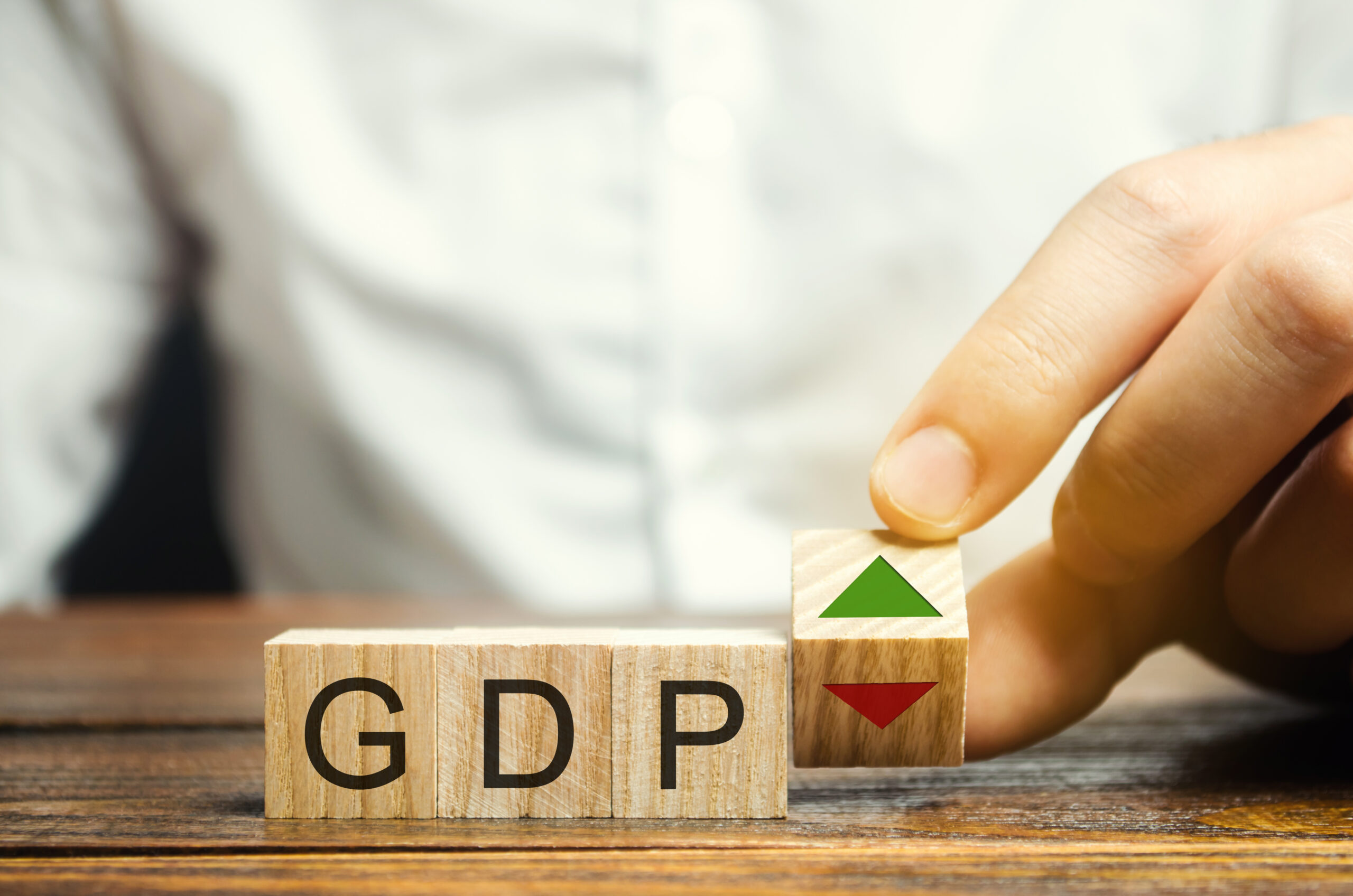By: Anton Kozyrev
GDP — or Gross Domestic Product — has long been the favored means of assessing economic health by myriad groups, from economists to politicians. But it may well be time for a change.
According to the St. Louis Fed’s Federal Reserve Archival System for Economic Research (FRASER), the modern concept of GDP was introduced by economist Simon Kuznets, after the United States government had commissioned him to devise a new method of calculating the health of the U.S. economy in a bid to elucidate a clear path out of the Great Depression.
This was done in order to allow the United States to articulate a proper response to the heightened pressures of the Great Depression, and eventually led to the large-scale modernization and industrialization of the U.S. economy during World War II. As such, it should come as little surprise that the United States garnered a reputation for being the most economically-developed nation in the immediate postwar period — as the calculation of GDP seems to favor rapid industrialization and development. This, of course, was a field in which the United States was rivalled only by the Soviet Union.
The movement of labor in the aftermath of World War II from routine manual labor into more highly-skilled jobs due to an expansion of U.S. markets and industries was absolutely pivotal to the United States’ success — as detailed by Michael French in U.S. Economic History Since 1945.
Now, within many developing nations, we are seeing this same phenomenon of massive GDP growth taking place within a relatively concentrated time frame due to a similar transfer of human labor capital into more efficient and highly-skilled industries. India, a nation that has seen remarkable economic growth and industrialization, particularly in recent years, has seen its GDP almost double over the course of the past decade, from $1.676 trillion to $2.869 trillion. The same applies to perhaps the biggest economic success story of the past 20 years, the People’s Republic of China, which has seen its GDP escalate over the decade from $6.087 trillion to $14.343 trillion.
But as more and more nations’ economies maximize their potential to modernize and industrialize their labor processes, the rate at which GDP grows will continue to diminish the more developed a nation becomes. As such, it becomes increasingly apparent that a new metric needs to be devised and implemented — with the goal of fully understanding and contextualizing a nation’s prosperity in terms of a unit other than Gross Domestic Product growth.
In his recent analytical book COVID-19: The Great Reset written alongside Thierry Malleret, renowned economist Klaus Schwab lays out a compelling argument advocating for an end to what he labels to be “the tyranny of GDP growth.” He begins by explaining precisely what the current drawbacks of GDP monitoring are — namely that “GDP itself needs to be updated to reflect the value created in the digital economy, the value created through unpaid work, as well as the value potentially destroyed through certain economic activity.” This last portion is particularly compelling, as it references an almost unstoppable drive of modern-day consumerism and capitalism to continue to post profits and boost GDP at the expense of Earth’s finite resources. Keeping this in mind, it’s important to keep track of the value destroyed in the process of creating another unit of value — an opportunity cost of sorts.
In addition, Schwab adds that “it is not only the overall size of the economy that matters but also the distributions of gains and the progressive evolution of access to opportunity … with technological developments driving further polarization, total GDP or averages such as GDP per capita are becoming less and less useful as true indicators of individuals’ quality of life.” In other words, as big businesses in large industries grow ever wealthier, the gap between the most well-off and the least fortunate widens, making measurements such as GDP per capita practically obsolete in the long run.
It goes without saying that there are also other major factors at play when trying to gauge the actual, true health of an economy. Everything from institutions to infrastructure, human capital to innovation ecosystems, must also tie into revised GDP calculations. The COVID-19 pandemic has elucidated the importance of a nation having certain reserves that it can call upon in times of severe economic crisis or need — adding another complex factor to the pursuit of a more accurate GDP calculation.
Schwab punctuates his argument by asserting that “the manufacturing development model is fast losing its power with the advent of the Fourth Industrial Revolution,” which only further confirms existing concerns about the current model of economic growth and development from a GDP-centric perspective being unsustainable.
This won’t be easy — far from it. To utterly uproot the existing economic system and infrastructure used for calculating its efficacy is a Herculean task. However, history has proven again and again that governments are often playing catch-up with market developments. Now is an opportune time for governments to actually get ahead of the curve, and to begin working on a framework for a more accurate means of assessing economic health.




